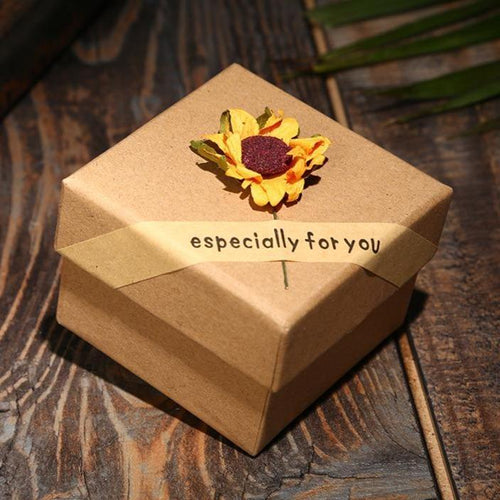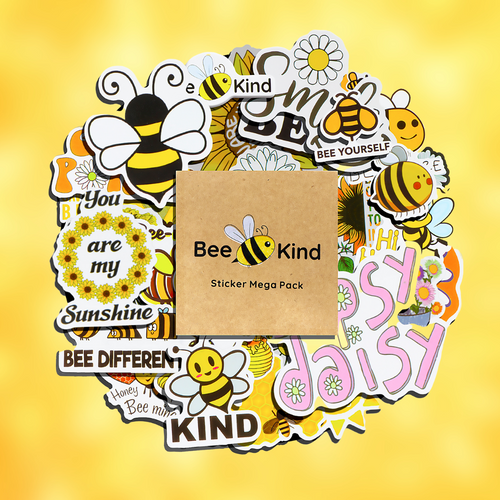However there are actually around 20,000 known species of bee! The famous European honeybee Apis mellifera is just one of them.
In this article we are going to talk about types of honeybees, what is their role in the hive and how to differentiate them.
There are different types of bees in a honeybee hive: Worker, Drone and Queen. Each type is unique and performs specific duties in a bee colony.
Worker bees
The next time you see a bee pollinating a flower, look closer and you will probably notice yellow pollen on their legs. The honeybees you'll see are female workers.
As the bees collect pollen, they move it across their bodies and to their legs where they place it in little baskets, called corbiculae.
Workers have well-developed compound eyes on the sides of their heads, and three simple eyes (ocelli) at the vertex. Their tongue is well developed and elongated for taking up nectar from flowers.
Workers are the smallest bees in the hive, but are by far the most numerous. They are normally unable to mate, but in a hopelessly queenless colony, workers may begin to lay unfertilized eggs, which develop into drones.
Working bees do a lot of necessary tasks in the beehive. They spend first two weeks of their lives is spent as house bees, doing tasks in the hive.
Honeybees pollinate a wide range of plants, including important agricultural crops. They produce royal jelly to feed to the queen and they gather the wax used in the hive and form it into honeycombs.

Drones
Drones are the male honey bees. Often considered "layabouts" when it comes to work around the hive, drones are absolutely essential for the whole bee colony.
The primary function of a drone is to fertilize a young queen bee. They are important for the bee colony because they offer genetic diversity- something necessary for the future of the whole beehive. The greater the genetic diversity of sperm collected by the queen the greater the chance of the colony of surviving.
They are visibly larger than worker bees. They have large distinctive eyes that meet on the top of their heads and have antennae slightly longer than the workers or queen.
Drones do not produce wax or collect pollen or nectar. They feed themselves directly from honey cells in the hive, so drone production ceases in the late summer, as the quantity of available food declines.
Drones are unable to sting, however, if you pick it up, drone may swing its tail in an attempt to frighten you. In some species, drones buzz around intruders trying to disorient them if the nest is disturbed.
Interesting fact: when a drone mates with a queen he generally would not survive!

Queen
Queen bee can be recognized by her abdomen, which is usually smooth and elongated. Her wings are short in comparison with her body and do not reach the end of her abdomen. She is usually slightly bigger than the worker bee.
Queens are raised in specially constructed queen cells. The fully constructed queen cells have a peanut-like shape and texture. Queens are fed only royal-jelly, a protein-rich secretion from glands of young workers.
She is normally the only reproductive female in the colony. At the height of her productivity, the queen could lay as many as 2000 eggs each day.
The young virgin queen has a limited time to mate. If she is unable to fly for several days because of bad weather and remains unmated, she will become a "drone layer." Drone-laying queens usually signal the death of the colony, because the workers have no fertilized (female) larvae from which to raise worker bees or a replacement queen.
Read more about queen bee in our article "7 Facts You Did Not Know About Queen Bee".












